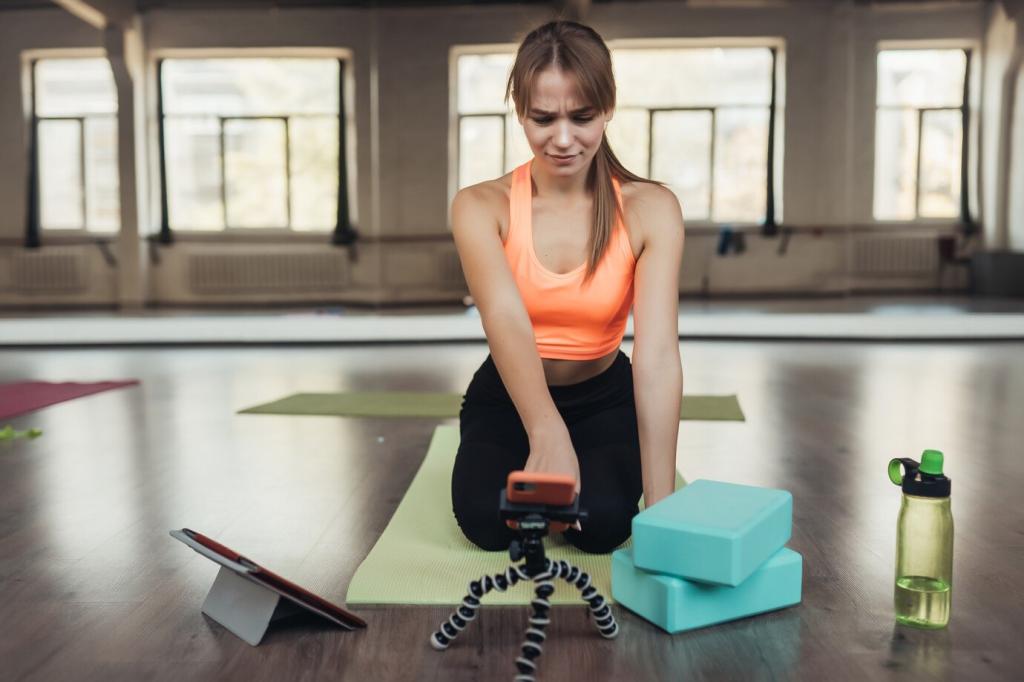Clarify Your Why and Define SMART Goals
Ask what energy, confidence, or life experiences you want your fitness to unlock. “I want to feel strong enough to hike with my kids without gasping” is more compelling than simply “lose weight.” Write it down and revisit weekly.
Clarify Your Why and Define SMART Goals
Turn your why into goals that are specific, measurable, achievable, relevant, and time-bound. For example: “Jog three times weekly and finish a 5K in twelve weeks.” Clear targets reduce hesitation and guide day-to-day choices confidently.




